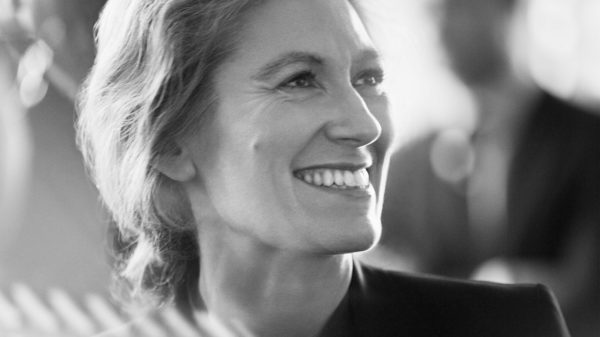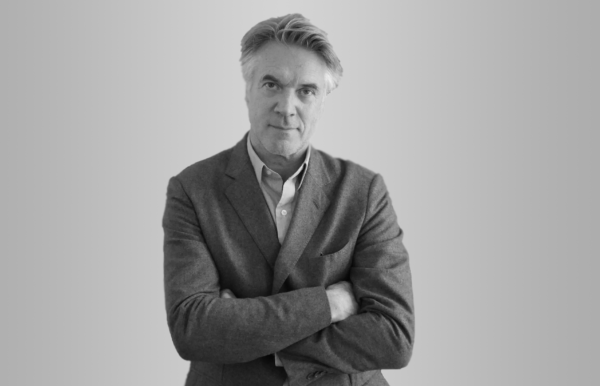“It takes time to change mentalities”
Cyril Brulé, who runs the Viva Model Management agency and also chairs France’s national union of modelling agencies, played an active role in drafting the Models Wellbeing Charter adopted on 6 September 2017. He tells us how initial implementation is going and discusses how the charter could change in the future.
You were a key contributor to the Models Wellbeing Charter. What inspired you to get involved?
Before becoming an agent, I was a model. Back in the 1980s, I could see how some agencies were mistreating their male and female models. With Viva Model Management, I wanted to show that model management could be approached differently in the fashion industry. Engaging in information and prevention work with models is an important part of this. Many of them are taking on their first professional experience, so it needs to be done right. What’s more, with social media, everything goes much faster nowadays. A model might become very well known in a matter of weeks, but careers can collapse just as quickly. Some of these young people can also be very vulnerable. For kids from disadvantaged backgrounds, a modelling career is a way to help their family and they are ready to agree to anything for fear of losing their place.
How would you describe the impact of the charter on the fashion industry?
The charter has been a source of huge relief to models, who feel like their health and working conditions are finally being taken into account. While under French law, models are required to provide a medical certificate that must be less than two years old, the legislation is specific to France and does not meet the needs or capture the actual situation in the industry, not least because 90% of models working in Paris are not French. With its international reach, the charter has had a far more forceful impact. All models working for signatory organizations are covered, whether they are doing a casting in Brazil, a photo shoot in Shanghai, or taking part in Fashion Week at New York, London, Paris or Milan.
Three Fashion Weeks have been held since the charter was adopted. What tangible changes have you seen?
One of the most significant measures is that French size 32 models (US size zero, UK size 4) are banned from the runway. By setting 34 as the minimum size requirement, houses that sign on to the charter are sending a powerful signal to casting agencies in “secondary” markets, i.e. outside France, Italy, the UK and the USA. The message is crystal clear: extremely thin models will no longer do shows for Kering and LVMH. The same goes for models aged under 16. This will act as an incentive for agencies based in countries with different labor laws, including the South American nations and Russia, to review their recruitment methods and submit older candidates.
Another measure that has made a big difference has been the introduction of private spaces where models can change away from prying eyes. Knowing that they have access to backstage change rooms makes models feel more respected and really promotes wellbeing. Since some models struggle to convey their concerns, having a dedicated psychologist on hand is another big step forward. The charter also states in black and white that models can refuse to be nude, semi-nude or in uncomfortable situations more generally, which reduces the risk that a girl may reluctantly agree to wear see-through attire because she fears that otherwise she won’t be called back for the next show. Obviously the charter has made life a little more complicated for agencies, for example by requiring chaperones for models aged between 16 and 18, but these measures are needed to build overall awareness throughout the sector as a whole.
Where are the areas for improvement?
It would be interesting to tackle the size question. Because people’s shapes differ, a standard size covers a wide spectrum of situations. Size 34 for a model who is 6’1″ tall does not mean the same healthwise as it does for a woman who is only 5’8″ tall. Working on these technical points could help to drive a shift in mentalities, by promoting size diversity on the runways, for example. On another note, while making food and drink available for models is a great start, we also have to work on the psychological barrier that prevents some of them – so far at least – from partaking. Minimum age is another question that could be broached.
So will changes need to be made to the Charter?
Yes. As far as I am concerned, this is just the beginning. The charter has given the hornet’s nest a good kick, succeeding where government failed. Overall, the signatory houses are keeping an eye on the situation, making sure that agencies stick to the terms of the charter. Other houses have followed suit, things are changing and models can feel the difference. But it takes time and adjustments to change mentalities, and the charter will need to be amended if we want it to bring everyone along. Personally, I’m delighted that the project has got off the ground and that the initial results have been positive. Now we need to strengthen this movement over the long run through monitoring involving all stakeholders.



